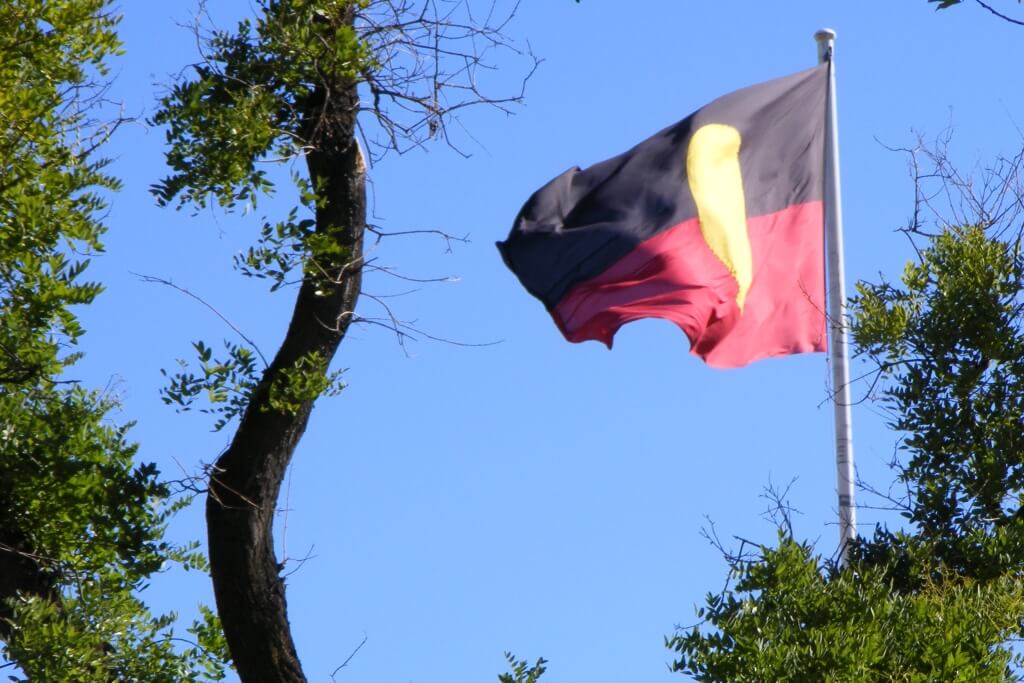Hear Our Voices, Respect Our Choices: How To Support Close The Gap Day

There’s a lot happening right now, so some people might not have noticed that it’s Close the Gap Day on 21 March 2019.
National Close the Gap Day is a community-driven campaign to improve health outcomes for Aboriginal and Torres Strait Islander people. It was launched in 2006, as a partnership between Indigenous community-controlled and non-Indigenous organisations, to raise awareness of the ongoing health inequity between Aboriginal and Torres Strait Islander people and non-Indigenous people in Australia.
Close the Gap is often confused with the Coalition of Australian Government’s (COAG) Closing the Gap, which started in 2008, but they are entirely different initiatives. Close the Gap uses a partnership approach, the other is top-down (from the government) effort.
Health Inequity
The health gap between non-Indigenous people and Aboriginal and Torres Strait Islander people is widening. The rates of (often preventative) diseases, such as kidney disease, diabetes, cancer and heart disease, are much higher. Death by suicide, especially young people, is at crisis point. Overall, the gap in life expectancy of Aboriginal and Torres Strait Islander people and non-Indigenous people is still 10 years.

The factors that contribute to poor health can be complex. These are often called the social determinants of health, and include inadequate housing, lack of affordable nutritional foods, poor access to affordable healthcare, lack of clean water, and inadequate community infrastructure. Systemic racism in health services is also a leading cause of poor health outcomes in Australia.
Close the Gap Day solutions to improving health outcomes include an awareness that Aboriginal and Torres Strait Islander people have the right to be in control of their own health, and the right to access affordable and culturally safe health services.
Self determination is a key aspect of the United Nations Decleration on the Rights of Indigenous Peoples which Aust is a signatory to.
And is vital to Close the Gap.#ClosetheGap#NationalCloseTheGapDay#NCTGD#OurHealthOurChoiceOurVoice pic.twitter.com/t6BDyZizRj
— Summer May Finlay (@SummerMayFinlay) March 19, 2019
Close The Gap Is Not Just About The Cupcakes
On behalf of the Close the Gap partners, Oxfam have hosted the campaign since its inception. This year, Australians for Native Title and Reconciliation (ANTaR) takes over as host. On Close the Gap Day, events are often opportunities to socialise with like-minded people in workplaces and community settings. And yes, there’s often cupcakes involved.
However, it’s not all about the food, or even the free campaign stickers and posters. The Close the Gap Day committee releases a report every year, featuring key strategies to close the gap in health and life expectancy.
This year, the focus is:
• Adequate funding for Aboriginal Medical Services, and investment in capacity building to fill service gaps.
• An Aboriginal Health Authority to oversee service delivery in the mainstream system.
• Investment in healthy housing for remote Aboriginal communities, to help eradicate diseases.
“Transformational Aboriginal and Torres Strait Islander Leadership can ensure our health is in our hands, now and for future generations, in a way that is meaningful and centred on our cultural aspirations.” – IAHA CEO Donna Murray#ClosetheGap #OurHealthOurChoiceOurVoice pic.twitter.com/2MdyM898tk
— IAHA (@IAHA_National) March 18, 2019
Let’s Eliminate Racism
Because Close the Gap day is held on the third Thursday of every March, this year it falls on 21 March — the same day as the annual United Nations International Day for the Elimination of Racial Discrimination.
In Australia, many people are unaware that 21 March is International Day for the Elimination of Racial Discrimination. This is largely because the Howard government introduced the feel-good Harmony Day in 1999, instead of accepting the need to eliminate racism in Australia.
The United Nations International Day for the Elimination of Racial Discrimination started in 1966. It is held on 21 March to commemorate the 1960 Sharpville massacre, when 69 citizens were killed after police opened fire on a peaceful human rights protest in apartheid-era South Africa.
On Thursday, it’ll be the International Day for the Elimination of Racial Discrimination. Rather than celebrating it as #HarmonyDay, the horrendous events in NZ make it all the more important we talk about it as #IDERD & not avoid the hard conversations about racism in Australia
— Oz (@redrabbleroz) March 16, 2019
This year’s theme is Mitigating and countering rising nationalist populism and extreme supremacist ideologies. In light of recent events, the theme is sadly timely. Now more than ever, Australia needs to collectively take action to reduce the racism, bigotry and hate that leads to extreme supremacist ideologies and acts of violence.
Action Is Needed
It is also timely that the Close the Gap Day falls on the same date as International Day for the Elimination of Racial Discrimination this year. It’s important to remember the role that systemic racism and race-based discrimination has in the continually poor health outcomes and life expectancy for Aboriginal and Torres Strait Islander peoples.
Close the Gap Day goes beyond a morning tea discussion of racism and its impact to health. The aim of the campaign is to encourage organisations, communities and individuals to take action.
On Close the Gap Day, Aboriginal and Torres Strait Islander health organisations will be showcasing their strengths-based programs that are making a difference. While non-Indigenous health and support services will be reconfirming their commitment to working with Aboriginal and Torres Strait Islander communities to address inequity.
Get Involved
All around Australia, health services, schools and not-for-profit organisations are hosting Close the Gap events on the day, and some are later in March or early April.
If you can’t make it to an event, there are other ways to support Close the Gap. You can visit Oxfam online and send a message to government to Take Action. Or sign ANTaR’s petition to Close the Gap, and then check out their resources.
On National #CloseTheGap Day we are asking our fellow Australians to remove the deficit lens. We want to be seen as the dynamic, resilient & self-determining people that we are.
Later this morning we will be releasing our 2019 @closethegapOZ report 👇🏽 pic.twitter.com/PZDITFTDVn— June Oscar (@June_Oscar) March 20, 2019
Or you can join in the Close the Gap conversation on Twitter:
#ClosetheGap
#NationalCloseTheGapDay
#NCTGD
#OurHealthOurChoiceOurVoice
And International Day for the Elimination of Racial Discrimination is on #IDERD
